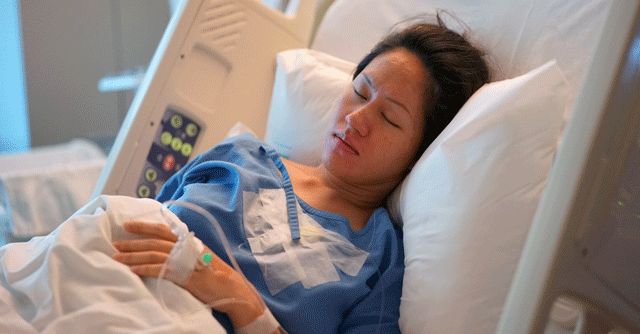
Connected tech turns general wards into ICUs


At Narayana Health’s cardiac hospital in Bengaluru, nurses are spending lesser amount of time visiting patients’ beds to record their individual health information. This is because around 700 beds in the hospital are now fitted with connected sensors, which monitor vital signs such as blood pressure, respiratory rate, temperature, and pulse, and relay that information to dedicated computers and smartphones.
However, patients at the hospital don’t get to see the sensors at work. For them, they’re similar to patches used for ECGs. Inside these patches are the sensors, which connect to a real-time health monitoring system (RTHMS) designed by the Indian arm of US technology giant Honeywell, and which use internet of things (IoT) technology to relay the data through the cloud to a dashboard, which can be accessed on computers and smartphones. The two companies announced their partnership in May.
Renowned cardiac surgeon Dr. Devi Prasad Shetty, who is also the chairman and executive director of Narayana Health, said nurses in most hospitals have to spend around 15 minutes visiting every patient to check and record health data. “Nurses hate that job, and at 12 o’clock at night when the patient is woken up to record some of these vitals, they scream at them,” said Shetty.
He said hospitals should focus on making the nurse’s job more interesting and productive. The Honeywell solution also provides information such as a patient’s posture, blood oxygen levels and ECG. “It is reliable and provides data on any vitals you want,” said Shetty.
To ensure privacy, patients are identified through only a bed number, said Nandakumar K., general manager, India at Honeywell Safety and Productivity Solutions. In addition, hospitals have to decide on a limited number of staff who can access such health information.

Narayana Health is among a growing number of hospitals in India who are looking to adopt such solutions, which can allow a healthcare centre to have more intensive care unit (ICU) beds. According to Shetty, 5-10% of the hospital’s beds are currently dedicated to critical care, but in the near future, nearly half of these will be for critical care.
To be sure, the use of such technology to track patient vitals is still limited, but hospitals are warming up to them. In March, Manipal Hospitals announced that it will combine a patient-monitoring solution from Singapore-based ConnectedLife with wearable trackers from Google-owned Fitbit to track progress of patients recovering from high-risk surgeries.
Nandakumar said the company is expecting 30 to 50 hospitals to use its RTHMS product by the end of this year.

“Caregivers walk almost 9 km during work every day to do repetitive jobs. Hospitals want to minimize it and focus on offering better healthcare,” he said, adding that multiple large and small hospitals are conducting trials at the moment.
Such systems aren’t without questions though. Anmol Puri, partner, Deloitte India, said there has been “significant uptake” of the new healthcare technologies and that these could become commonplace in future. However, he also noted that standardization of data management, security and privacy, and policies of usage of such data will help drive confidence in them.
